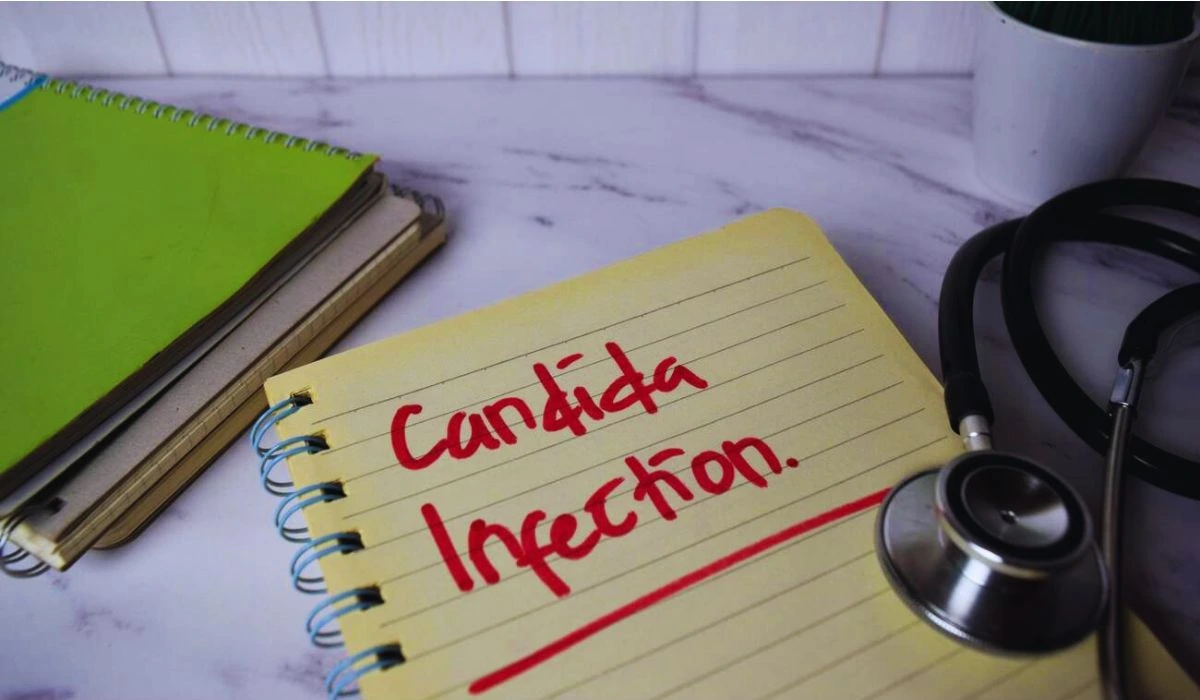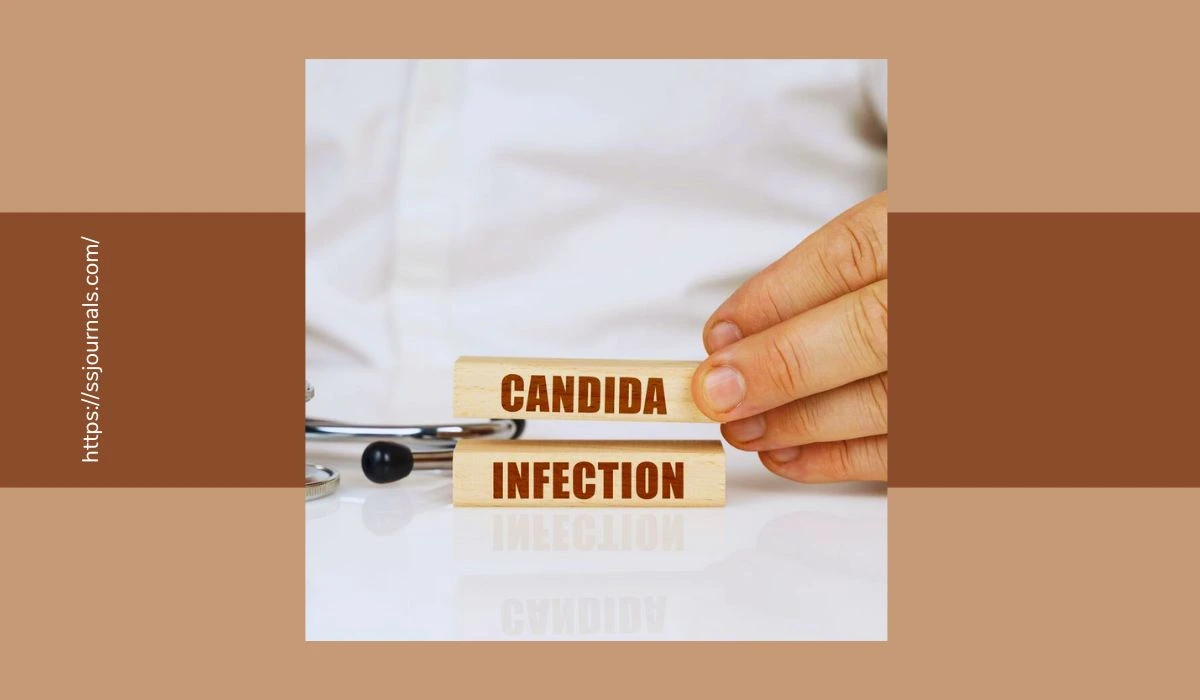Candida infections are caused by an overgrowth of yeast in the body, most commonly Candida albicans. Candida is a type of fungus that lives naturally in and on our bodies in small amounts. When there is an overgrowth, it can cause infections in various parts of the body. Candida infections are very common, affecting 3 out of 4 women at some point in their lifetime.
They can occur in the mouth, genitals, skin, digestive tract, and other areas. While Candida infections are not life-threatening, they can be highly uncomfortable and irritating. Understanding what causes them, recognizing the symptoms, and seeking proper treatment can help manage and prevent Candida overgrowth.
Understanding Candida Infections

Candida is present in our bodies and is normally kept under control by healthy levels of bacteria and an intact immune system. However, certain factors can disrupt this balance, allowing Candida to multiply unchecked. Some predisposing factors include:
- Antibiotic use – Antibiotics kill off both good and bad bacteria in the body, including those that keep Candida under control.
- Weakened immune system – Various health conditions and medications can weaken the immune system, making it harder to regulate Candida.
- Hormonal changes – Fluctuations in estrogen can promote Candida growth, as can pregnancy, birth control pills, and hormone therapy.
- Diabetes – High blood sugar provides fuel for Candida overgrowth.
- A diet high in refined carbs and sugar – Candida thrives on sugar. A diet high in bread, pasta, sugary foods, and beverages promotes its growth.
- High-stress levels – Stress impacts the immune system and hormone balance.
- Moist environments – Yeast thrives in damp, moist environments. Tight clothing, damp workout clothes, and pool water can encourage Candida overgrowth in prone areas.
Symptoms And Causes Of Candida Infections
Symptoms of a Candida infection vary based on the location and can include:
- Oral thrush – White patches on the tongue or lining of the mouth, soreness, cracking at the corners of the mouth. Caused by antibiotic use, dentures, high sugar intake, dry mouth, HIV/AIDS.
- Vaginal yeast infection – Vaginal itching, burning, redness, and thick white cottage cheese-like discharge. Caused by hormonal changes, birth control, pregnancy, diabetes, antibiotic use.
- Yeast infection of skin folds – A reddish itchy rash in the armpits, under breasts, and in the groin area. Caused by antibiotic use, diabetes, obesity, and humid weather.
- Gut infection – Gas, bloating, indigestion, diarrhea. Caused by antibiotic use and high sugar diet. Can spread to the bloodstream.
- Invasive candidiasis – When Candida spreads to the bloodstream, organs, joints, and bones. More likely in those with compromised immune systems.
While symptoms vary based on location, some general symptoms present in multiple types of Candida infections include redness, itching, irritation, swelling, and discharge. Seeking prompt treatment can relieve symptoms and help avoid complications.
How Are Candida Infections Treated?
Treatment for Candida infections focuses on eliminating overgrown yeast from the body and addressing and modifying risk factors that allowed Candida to flourish.
🔹 Medications
- Antifungal medications are used to kill excess Candida. Common antifungals include fluconazole, nystatin, ketoconazole, itraconazole. These are taken orally or applied topically.
- Corticosteroids may be prescribed to reduce itching and swelling.
🔹 Home remedies
- Yogurt contains probiotics that generate healthy bacteria levels in the body to keep Candida under control. It can be eaten or applied directly to infected areas.
- Tea tree oil has antifungal properties and can be mixed with coconut oil and applied to skin infections.
- Garlic, olive oil, and coconut oil all have antifungal properties.
- Hydrogen peroxide can be used as a mouth rinse for oral thrush.
🔹 Lifestyle modifications
- Avoid refined carbs, sugars, processed foods, and alcohol. These feed Candida growth.
- Wear loose, breathable clothing and cotton underwear. Avoid remaining in damp clothes.
- Practice good hygiene and keep skin dry to avoid skin infections.
If the infection does not clear with initial treatment or returns frequently, see a doctor to check for underlying health issues that may be predisposing you to Candida overgrowth. Keeping the immune system strong and blood sugar balanced can help prevent recurrent infections.
Conclusion
Candida yeast naturally lives in our bodies but can grow out of control due to various risk factors like medications, health conditions, diet, and environment. When overgrown, Candida causes uncomfortable infections in different body areas with symptoms like itching, rash, discharge, and soreness.
Treatments include anti-fungal medications, natural remedies, and lifestyle changes to discourage Candida overgrowth. Seeking prompt treatment for infections and being aware of risk factors can help manage Candida effectively. Maintaining a strong immune system and balanced microbiome provides the best defense against developing a Candida infection.
FAQ
A: Candida can be passed from person to person in some cases. Oral thrush can spread through kissing or sharing utensils. Vaginal yeast infections can spread through sexual contact. However, a compromised immune system or other risk factors are required for an infection to take hold, as Candida is naturally present in and on our bodies.
A: With proper antifungal treatment, most Candida infections can be cleared within 1-2 weeks. Oral thrush usually resolves within 7-14 days. Vaginal yeast infections may take 1-3 days to improve with treatment but can take longer to fully resolve. More severe Candida infections with wider spread may take longer to treat, especially in those with weakened immune systems.
A: Certain preventative measures can help avoid Candida overgrowth. These include: avoiding unnecessary antibiotics, eating less sugar and refined carbs, wearing loose breathable fabrics, managing health conditions like diabetes, avoiding prolonged dampness, rinsing thoroughly after swimming, and boosting probiotic intake through yogurt and supplements. However, Candida lives naturally in our bodies, so infections are not always preventable.
A: Seek medical care if you have symptoms of a yeast infection that persist after 1-2 weeks of over-the-counter antifungal treatment. Also, see a doctor if you experience frequent yeast infections, have signs of an infection that has spread, have other unexplained symptoms, or have risk factors for chronic Candida like diabetes or immunosuppression.

